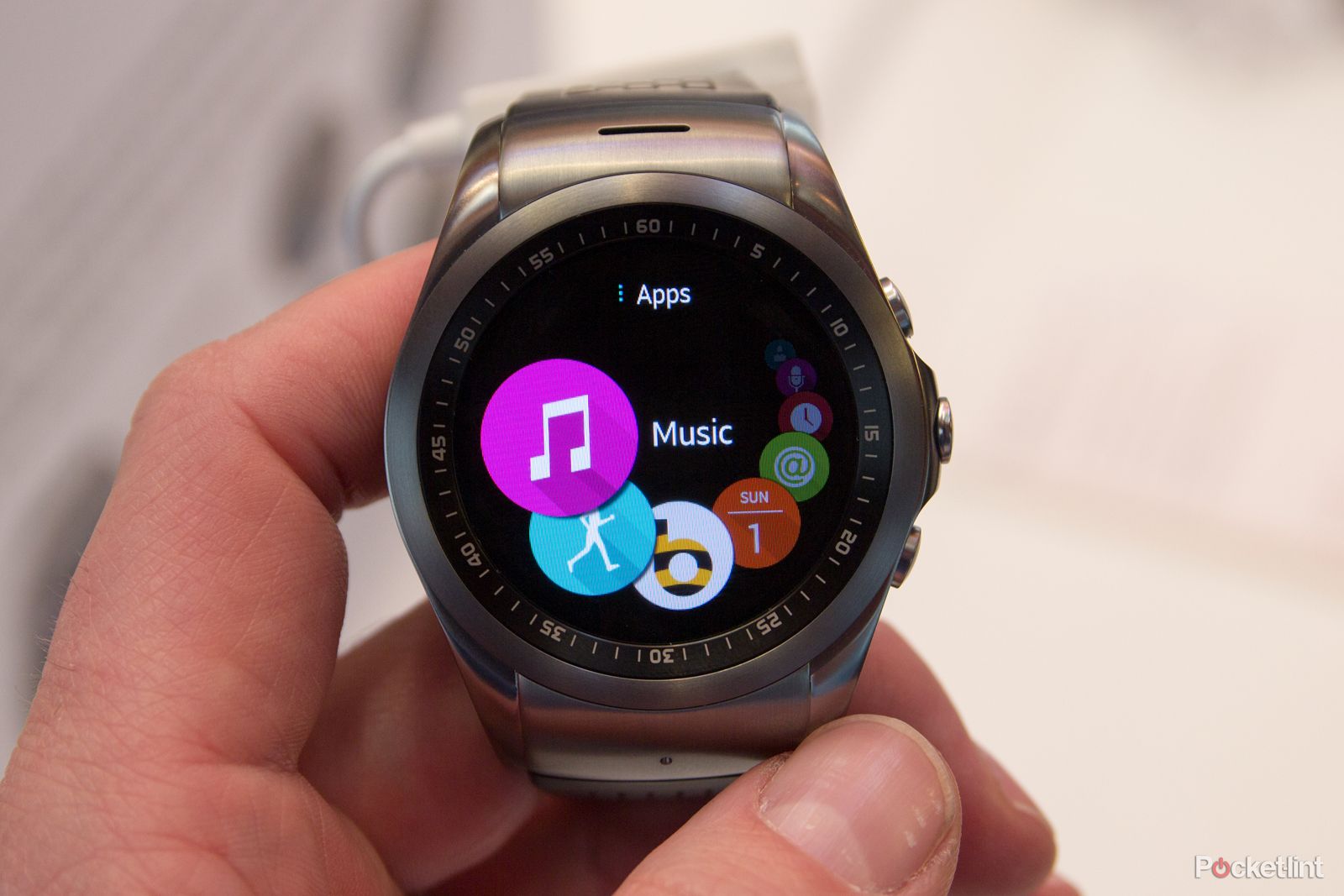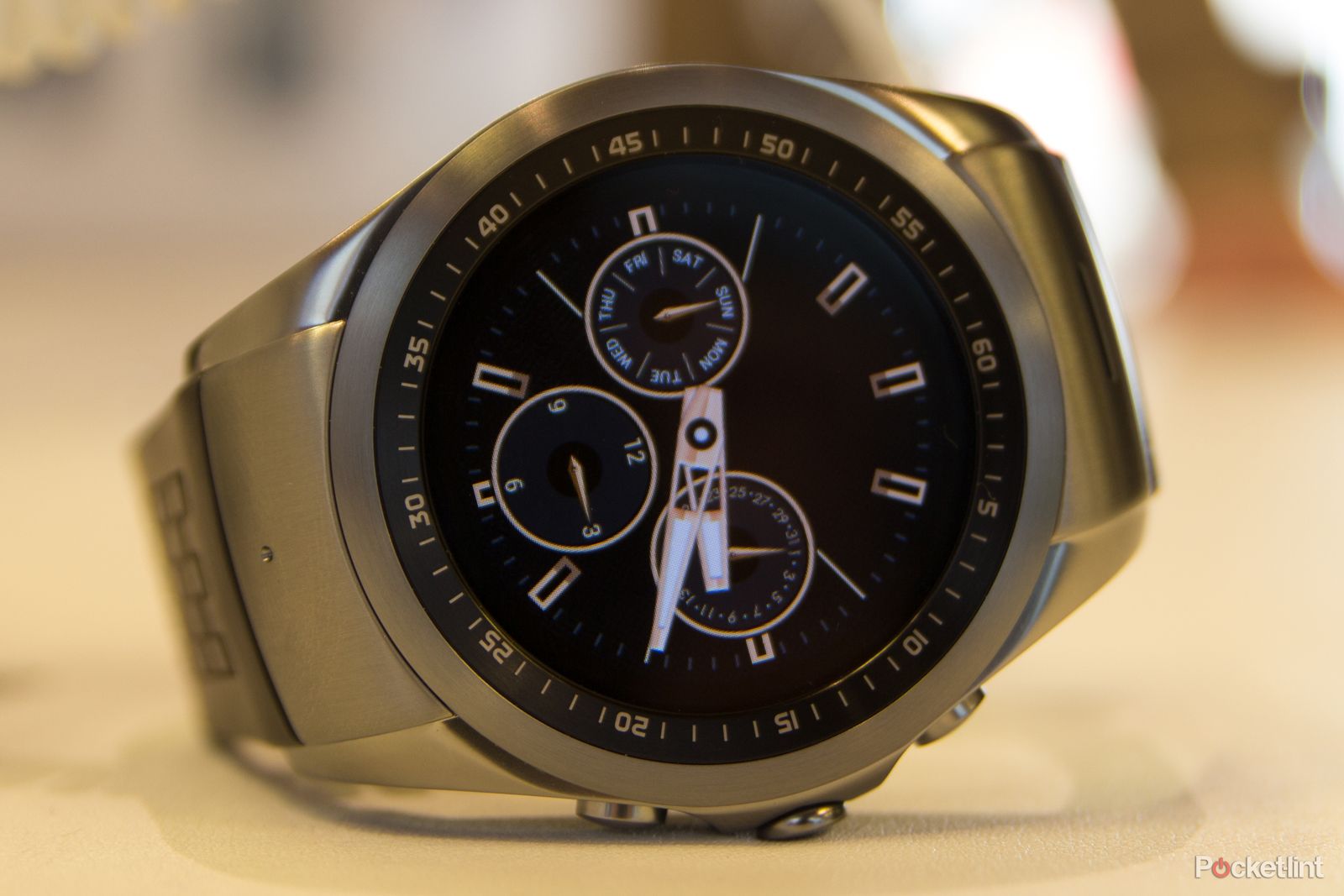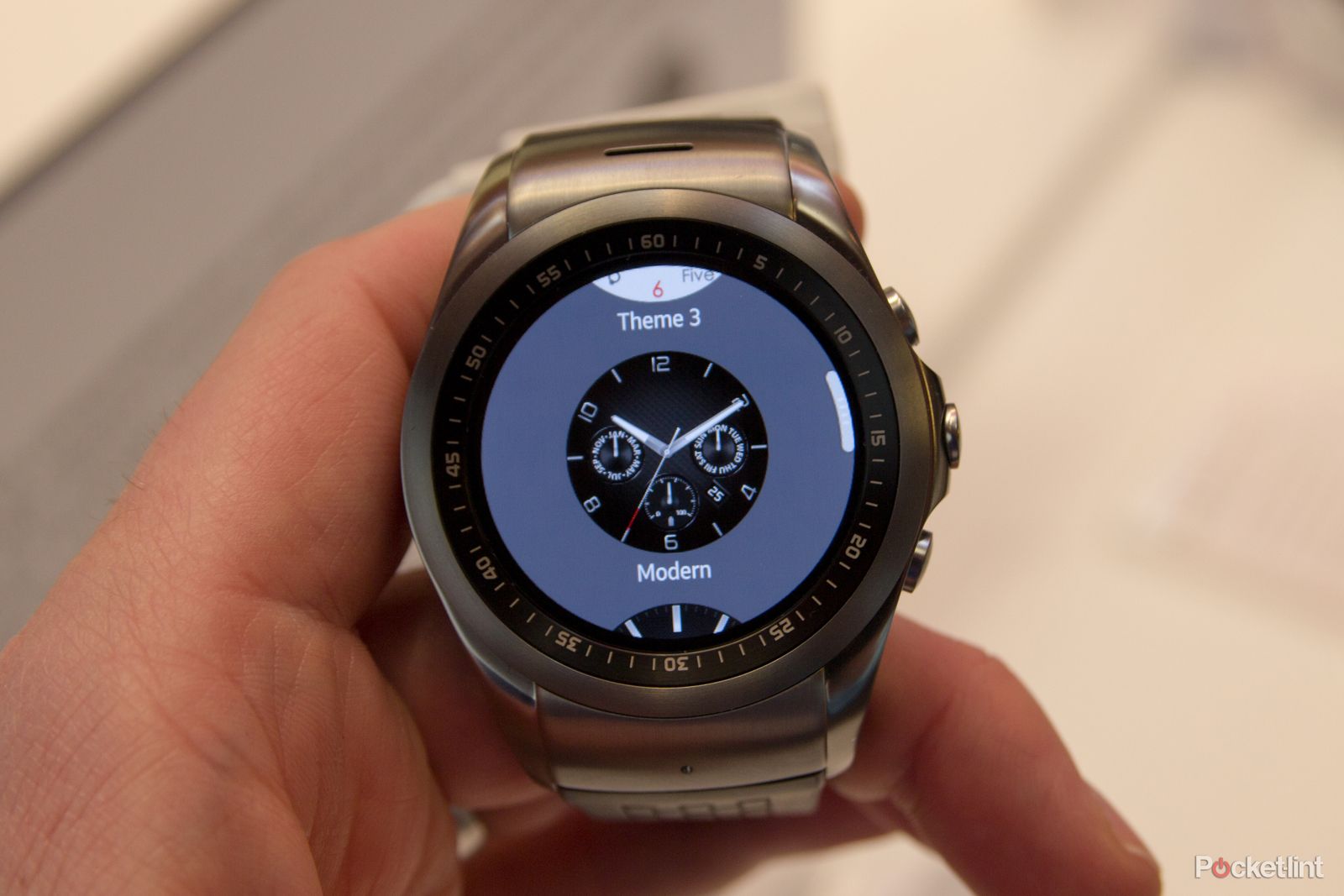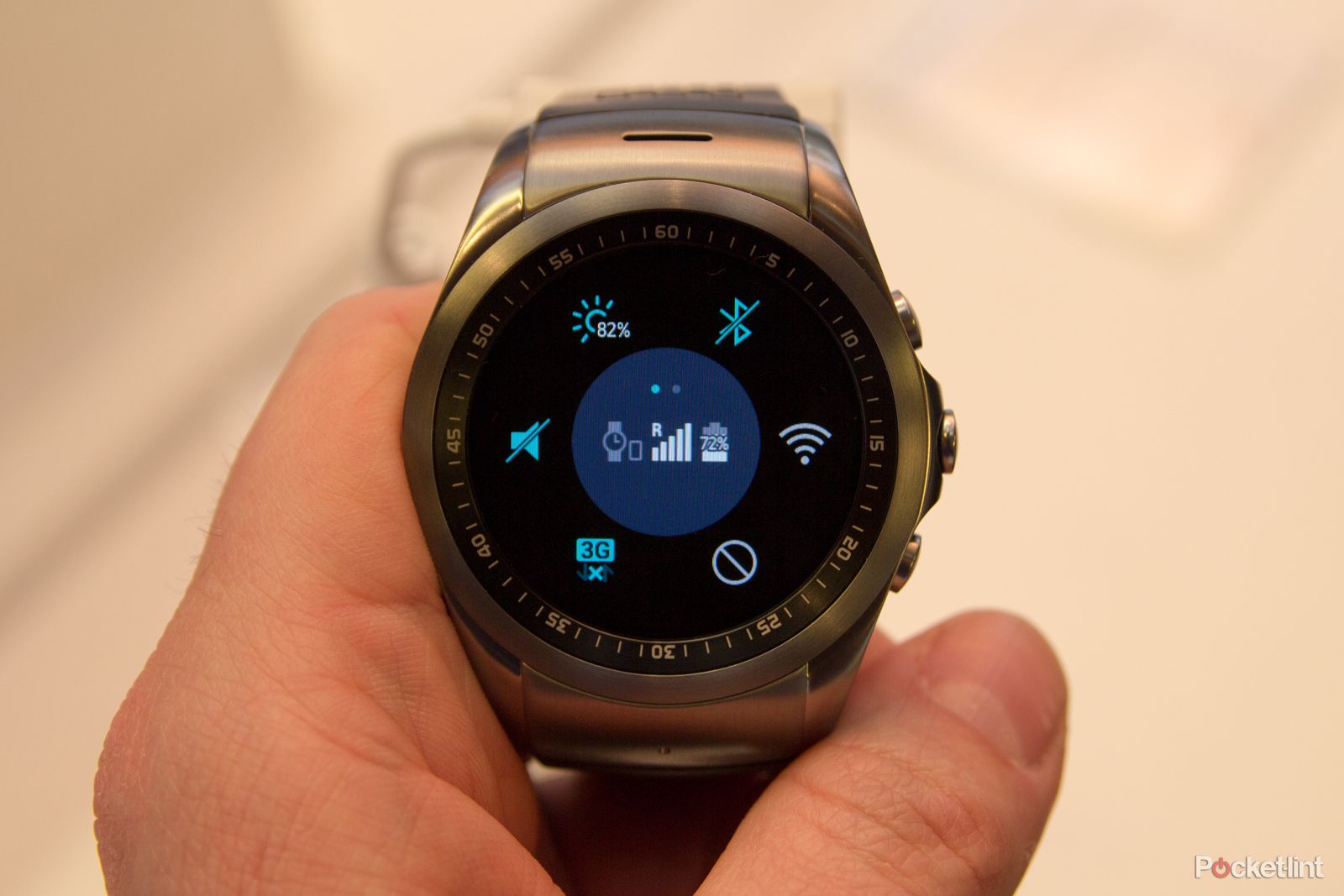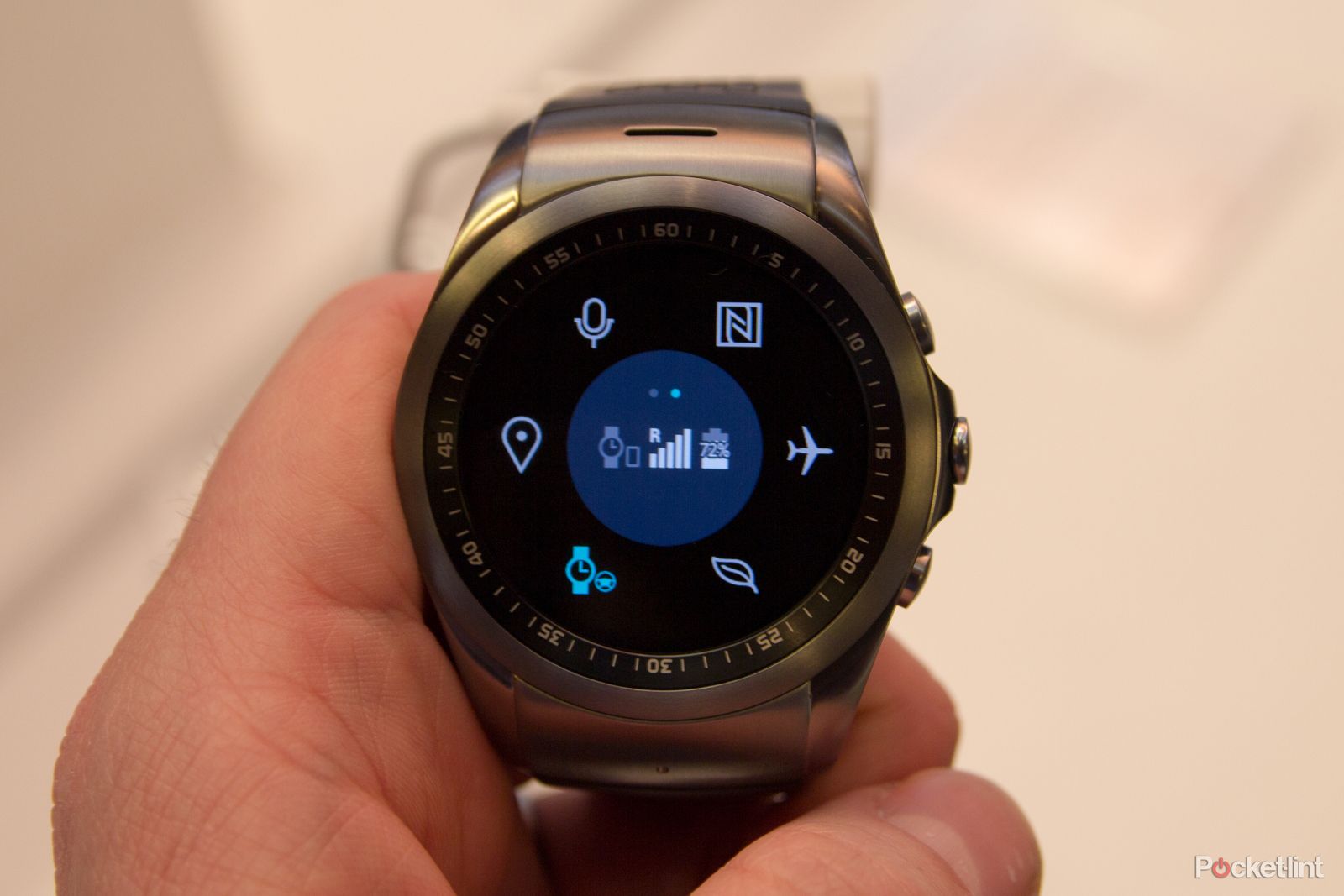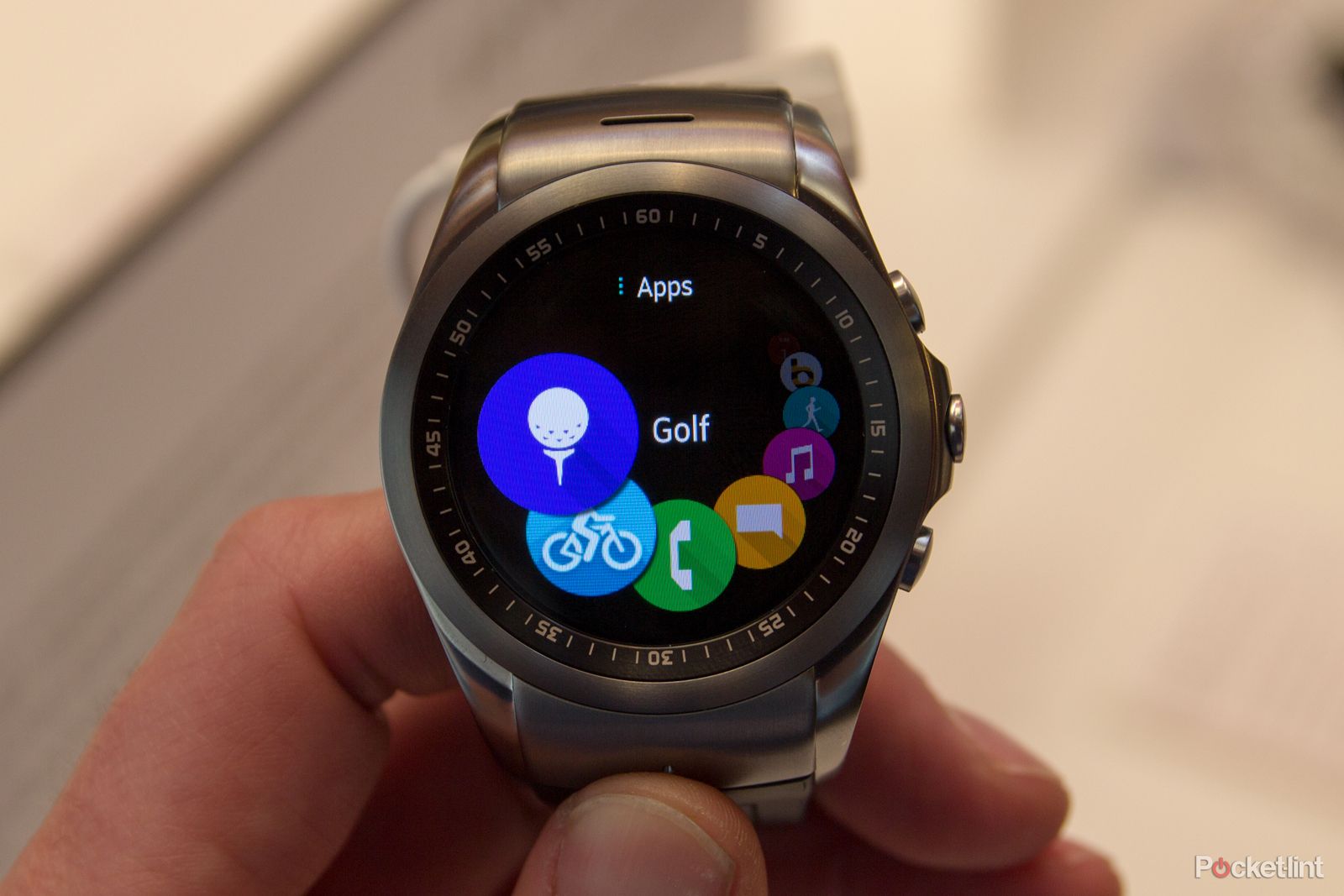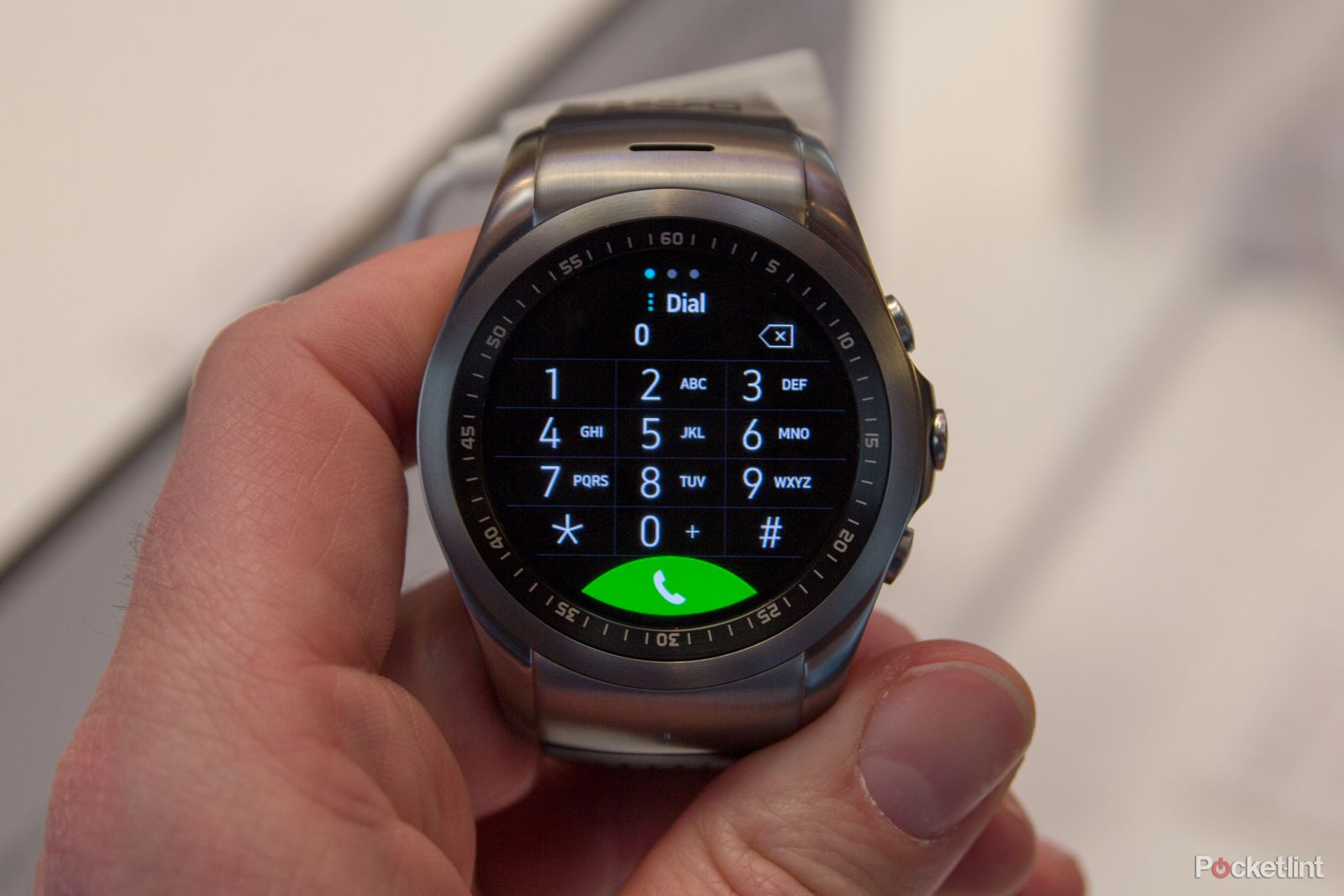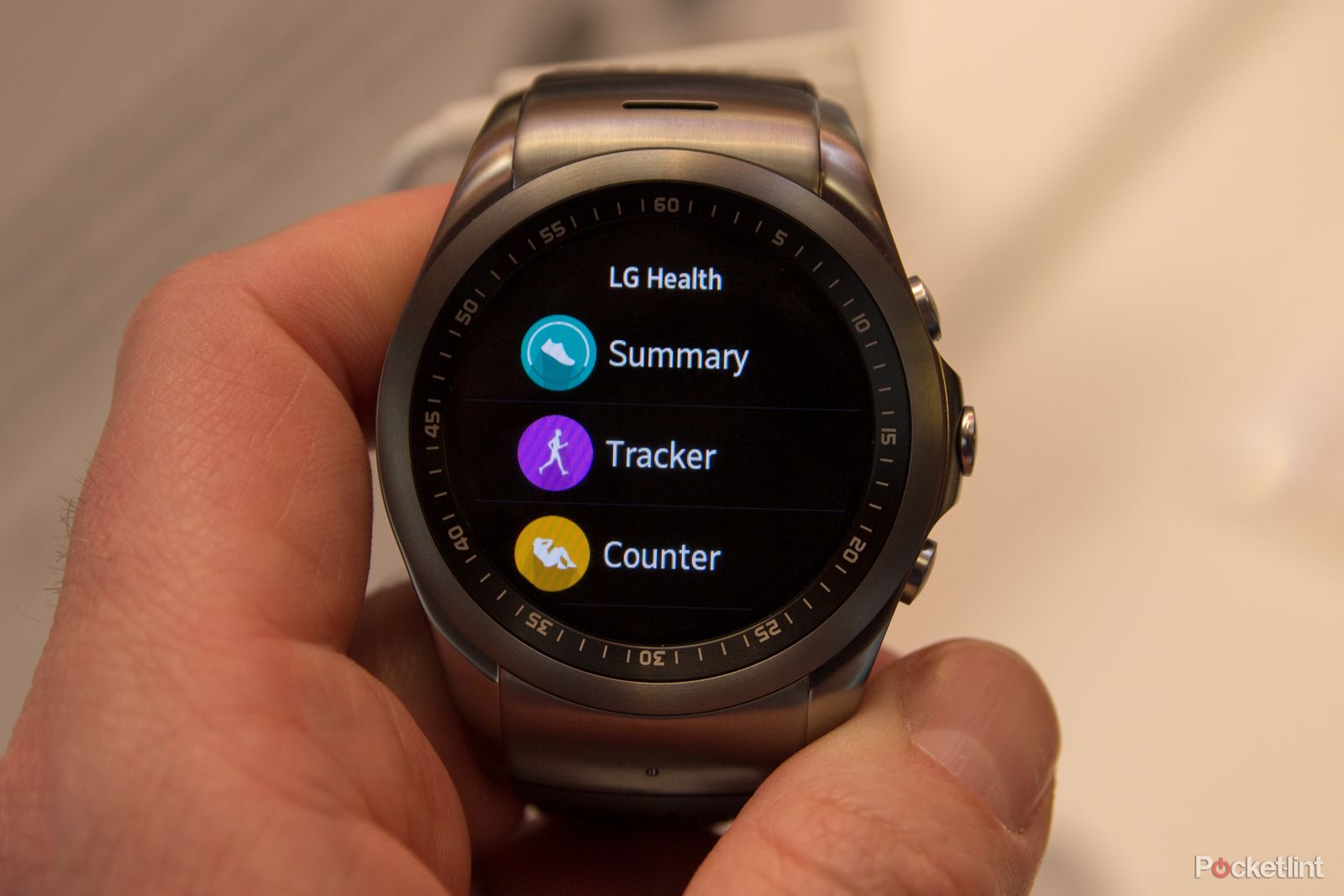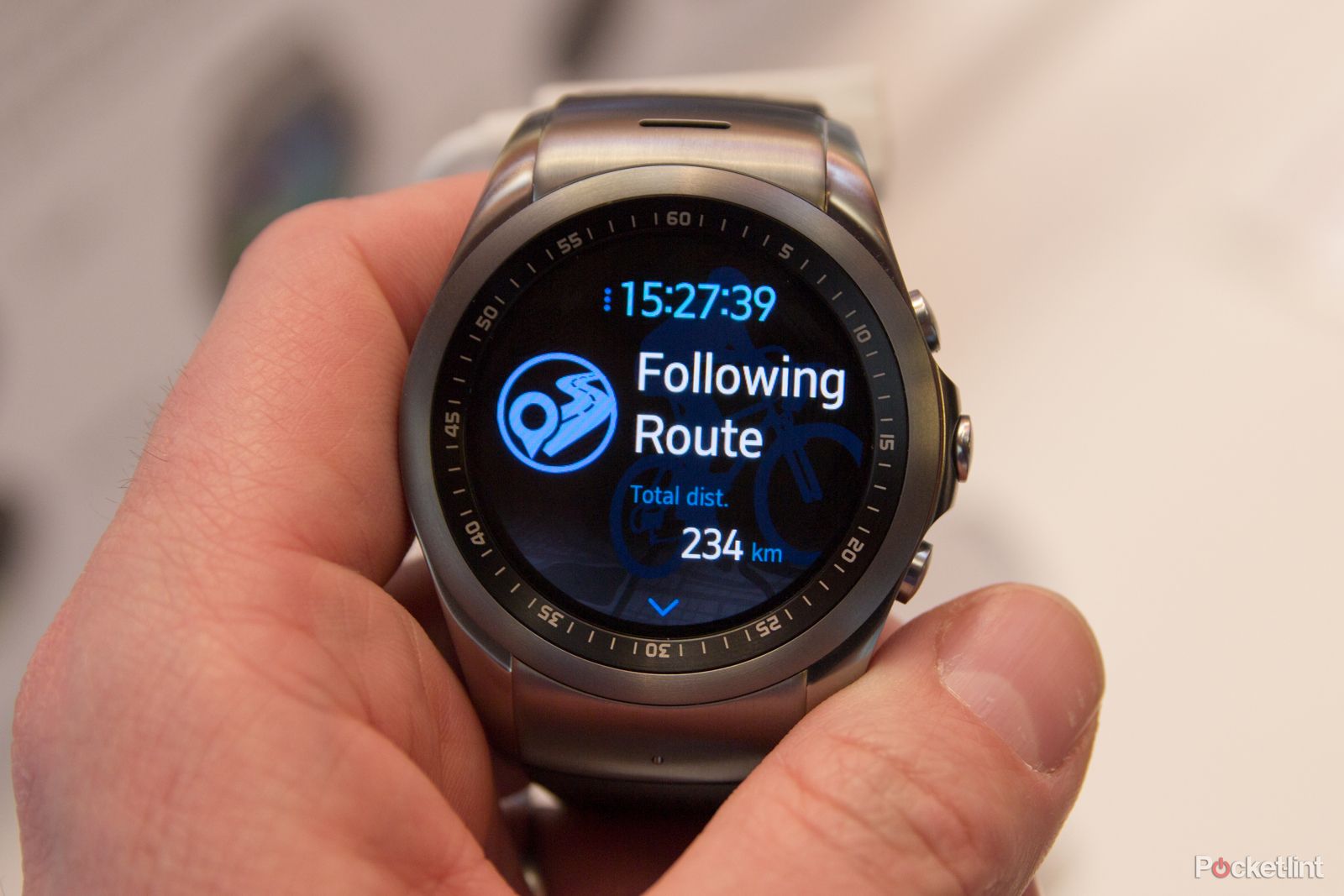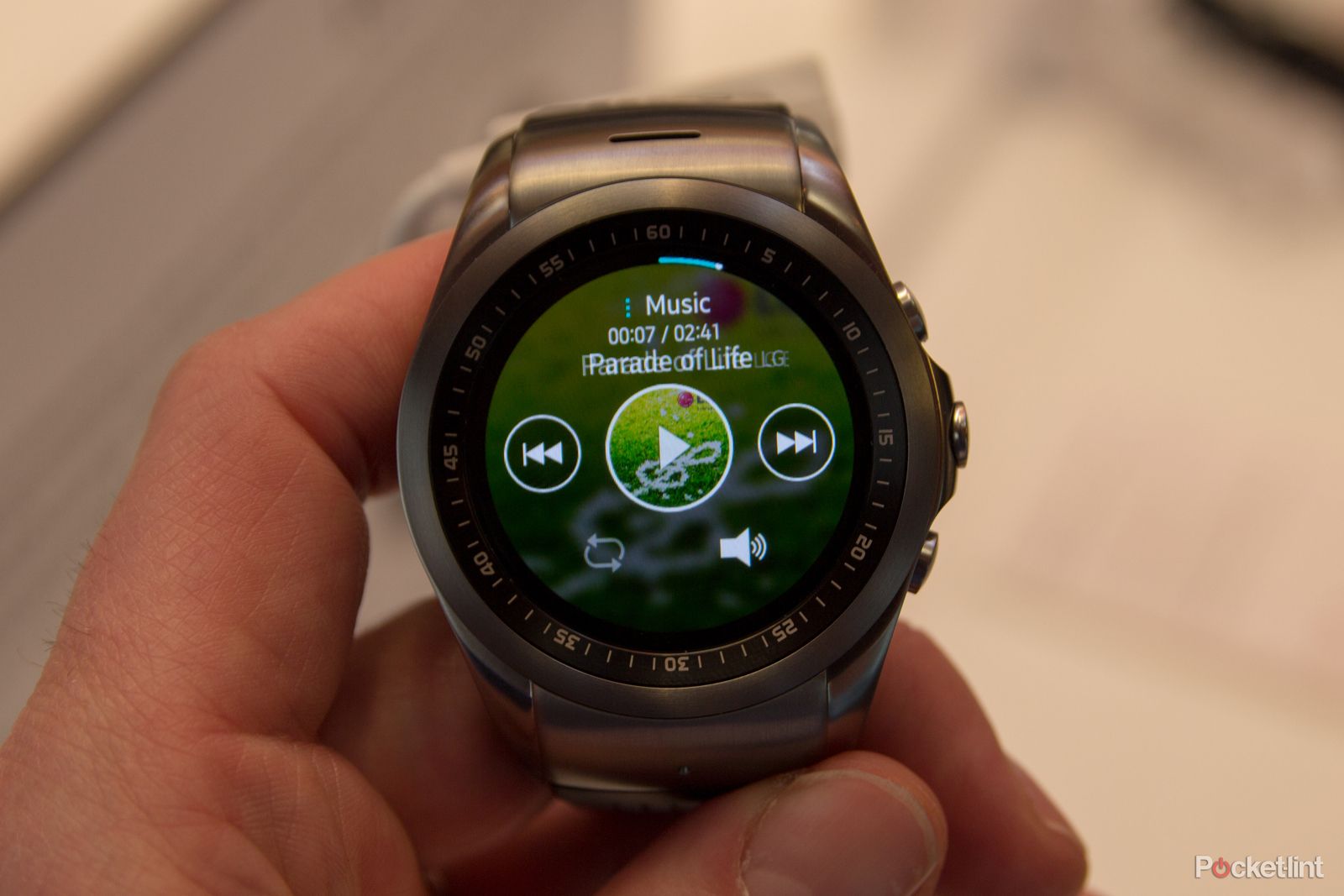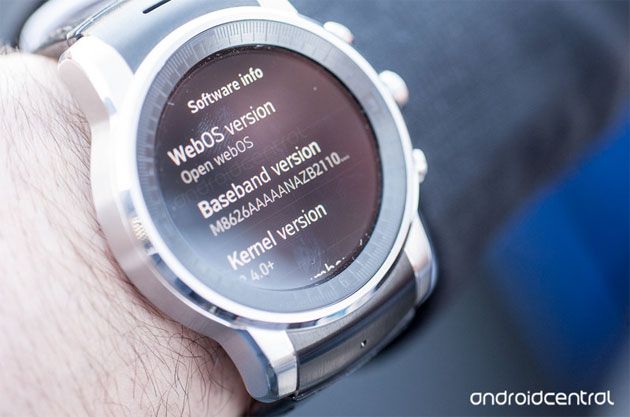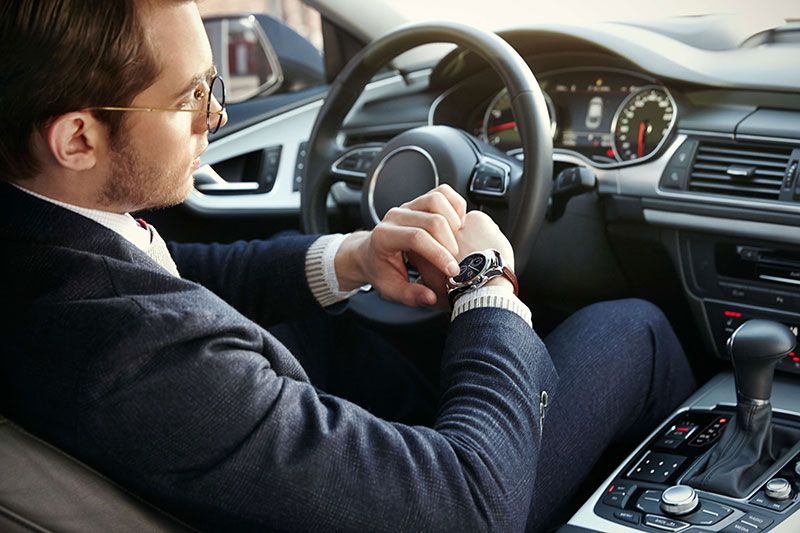LG has not said a lot about LG Wearable Platform. It made its debut on the LG Watch Urbane LTE, a device that was showcased at Mobile World Congress and is set for release in limited markets later in the year.
In the official press release, LG says: "At the core of the LG Watch Urbane LTE is the all new LG Wearable Platform operating system, developed specifically for the company's proprietary wearable products." That's it. That's the only reference to this new platform.
With increasing interest in wearables, and increasingly sophisticated devices, platform is important. LG has so far used Android Wear for its first three smartwatches, but in LG Wearable Platform there's a glimpse of LG's future plans. Here's everything we know about LG Wearable Platform so far.
LG Watch Urbane LTE
The LG Watch Urbane LTE is a fully connected smartwatch, offering features like push-to-talk, calling and messaging, as well as the sort of things you'd expect from a smartwatch, like apps and sports functions.
It has a heart rate sensor in it, as well as NFC and GPS, so it offers a wide range of functions and does it all independently of a smartphone - hence the LTE name.
With so much packed in, it's no surprise that LG wanted its own platform, as Android Wear doesn't support all these features natively and LG would likely have had to do a lot to adapt Android.
Is it webOS?
LG has been using webOS on its recent TVs and we very much like the implementation.
LG hasn't officially confirmed what LG Wearable Platform is, or what you'll have to do to be compatible with it for future app inclusion, but the immediate assumption was that it was webOS.
At Mobile World Congress, however, we overheard an LG exec saying that it was founded in webOS and evolved into the LG Wearable Platform we see today. That's probably all we'll hear on the matter.
Watch faces
The watch face is the starting point for smartwatches and on LG Wearable Platform its easy enough to change the face with a long press. You can then swipe through the options and select a new one.
The designs we've seen were made to match Watch Urbane LTE, so were traditional. But these can be customised, so you can select the background, the hands, the dials with the option to add your own photo if you want to.
We like the ambient display options - we like to be able to glance at the watch and see the time and we think that's an acceptable trade-off in battery life.
You'll notive that there's a bar against the dial in the image above: this is one of the mechanisms that LG Wearable Platform uses to tell you how far you've moved through a list.
Quick settings
We saw LG Wearable Platform on the LG Watch Urbane LTE which features three buttons. The top button accesses the quick settings menus for device hardware controls.
The quick settings are split across two screens you can swipe between, indicated by the two dots in the centre. The centre displays connection and battery status, as well as what we assume is the watch mode. Interestingly the battery icon here says 72 per cent, but appears nearly empty.
There are then controls for brightness, Bluetooth, Wi-Fi, volume, data connection, and do not disturb (we think) on the first screen, and location, voice, NFC, airplane mode, eco mode and what we guess is driving mode on the second.
This pretty much reflects the sort of quick shortcuts you get on an Android handset and much of the icon design reflects that of LG's smartphones. It has to be said though - being able to access all these toggles with one button press is really handy.
The apps menu
Where the LG Wearable platform gets a little more iconic is in the main apps menu. This is what Android Wear feels like it lacks sometimes - a central menu where you immediately go and punch the app you want.
On the Watch Urbane LTE, this is accessed via the middle button. A press on that button skips between the watch face and the apps menu. That's a really easy navigation option, because you can hit that button and know where you're going.
As an aside, the bottom button acts as a back control, stepping up through layers of an app. A long press on that bottom button enters the SOS quick dial feature.
The circular layout of apps is clever, because using that spiral, you can see more than if it was a straight list. A list would give you perhaps three icons, whereas the on the fading spiral you can make out at least eight icons, so it's handy for app navigation.
Moving through those apps is simple, you swipe them around in a circular motion to move through the list and tap the app you want. It sort of reminds us of using an old rotary dialler landline telephone.
We found it to be nice and slick in operation, but even loaded with LG's stock apps on the demo models, there was a lot on offer - perhaps more than you'd necessarily want or need. Imagine all your stock smartphone apps on your watch and you get the idea. It means that sometimes it takes a little longer to get to the app you're looking for than you might want.
The apps
The apps themselves cover everything from basic communication, to fitness, to payments. On the sample we saw, it included a cinema ticket booking app for Korea and similar regional options, which at least tells us that's it's going to be diverse in its app support.
The inclusion of NFC on the hardware side means support for things like payments or door opening, as has been showcased for Apple Watch.
Some of the iconography you'll immediately recognise from LG smartphones - like the LG Health or music apps.
The apps themselves seemed to open or close quickly enough and there's some interesting things in there - like being able to find your smartphone or a remote shutter control so you can trigger your phone camera. Navigation through hte apps is a little inconsistent, some offering swipe pages, some tapping through, so there's still plenty to learn on the navigation front.
The fitness apps have been showcased more widely than others, which plays in to the current trend in wearables. It will track your steps and your runs, as well as your heart rate, before diving into specific apps for golf, cycling and trekking.
Each of these sports-specific apps displays the information most relevant to that sport. The golf app gives you the distance to the hole, for example, while the cycling app will tell you things like speed and cadence. It's not clear whether cadence is gathered on the watch itself, or from an external sensor, perhaps through ANT+ compatibility.
Trekking delivers maps, will log waypoints and let you know where you are, elevation and the distance you've covered, so there's plenty for active types in these apps.
Then you have on the fly translations powered by voice - something that Google is always keen to demonstrate.
That's all we really know about the app position on LG Wearable Platform. There's been no other talk of third party apps, most likely because this is currently a platform on a single device.
A word on the Audi watch
Built by LG - and with many styling details close to the LG Watch Urbane LTE - the Audi watch was used to demonstrate some remote control features at the Audi press conference at CES 2015.
It was a showcase piece and delving into the software on Audi's watch, it clearly said that it was Open webOS. It is, however, different to the LG Wearable Platform that then appeared on the LG Watch Urbane LTE.
Exactly where LG and Audi's collaboration goes in the future remains to be seen, but we've noticed that LG has been using Audis in some of its watch product photography recently, as you'll see above.
Summing up
LG Wearable Platform is in its infancy. LG has said almost nothing about the platform, aside from acknowledging that it exists and that it's powering the LG Watch Urbane LTE.
With Apple Watch now confirmed for 24 April 2015, interest in smartwatches is likely to go through the roof. Android Wear has made slow evolution and LG has be gaining momentum with the G Watch, G Watch R and now G Watch Urbane, but a proprietary platform has some advantages. It means that LG is in control and can make fundamental changes to how it operates.
There's still a question mark over how it will be used in the future. Will LG launch more wearable devices and follow the lead of Samsung's Tizen devices? We hope so, because LG Wearable Platform looks good so far.
As ever, the important thing is going to be compatibility - both with connected devices and with the wider app ecosystem. Unfortunately, at the moment, those are complete unknowns.

